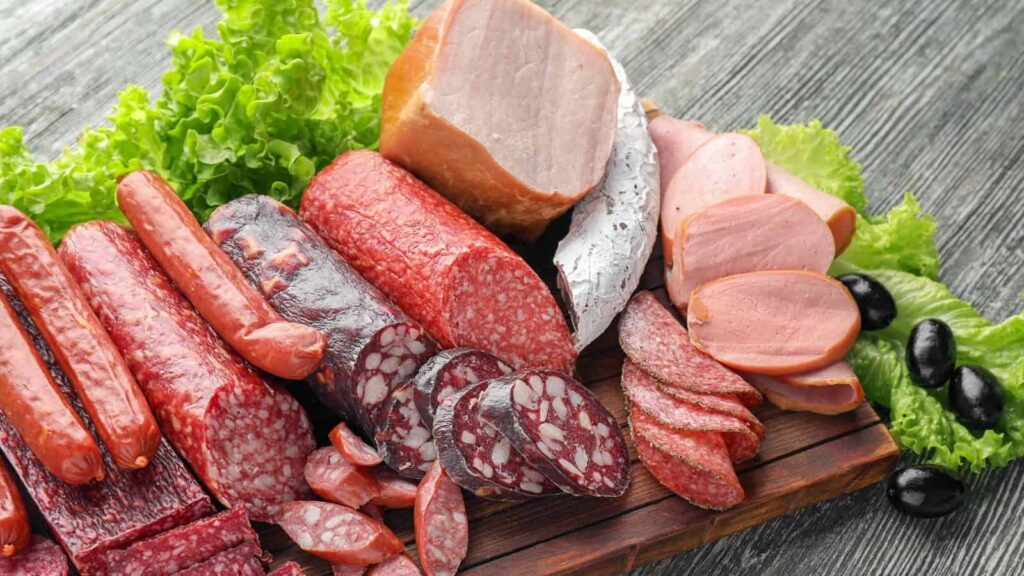We’ve all been warned about the surprisingly high sodium content in certain foods, but how well do you really know the sodium levels in your diet? If you’re concerned that some of your go-to foods might be contributing to health issues, we’ve got the information you need.
Poultry Prepared with Solutions
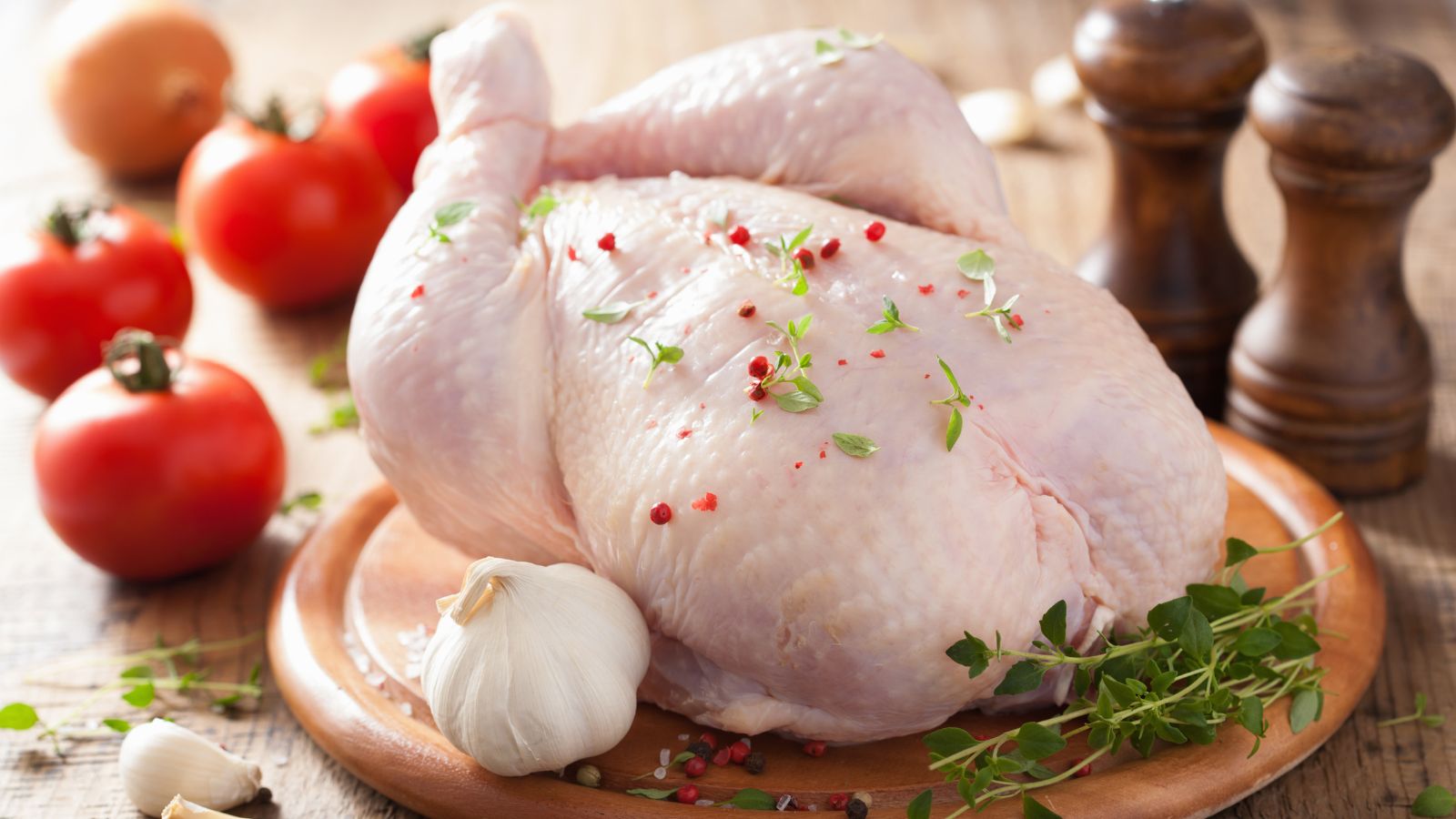
While fresh poultry is low in sodium, some kinds are injected with broth or a saline solution to enhance the flavor and moisture content. If the packaging suggests that broth, flavoring, or a solution has been added, you may want to check the sodium content before making your purchase.
Breakfast Cereals
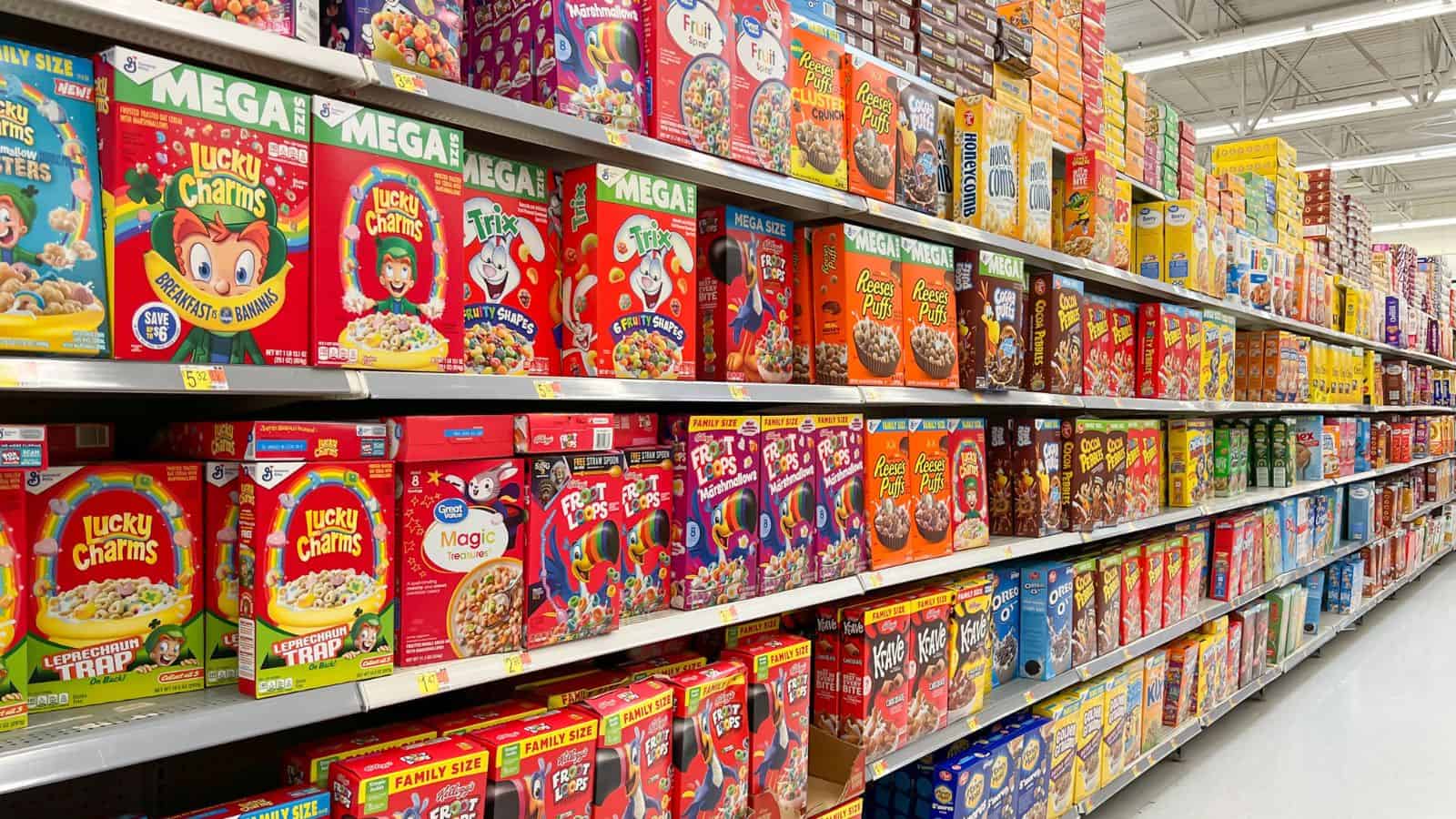
A lot of breakfast cereals are marketed as being a healthy morning meal. But in reality, many kinds are high in salt or sugar, making it important to check the label if you’re concerned about your sodium intake.
Salad Dressings

Salads are known for making a healthy meal. However, you’ve got to be careful when it comes to your dressings. Some salad dressings are surprisingly high in sodium, especially when it comes to bottled and restaurant dressings. Oil-based and vinegar dressings typically make for lower sodium options.
Cheese
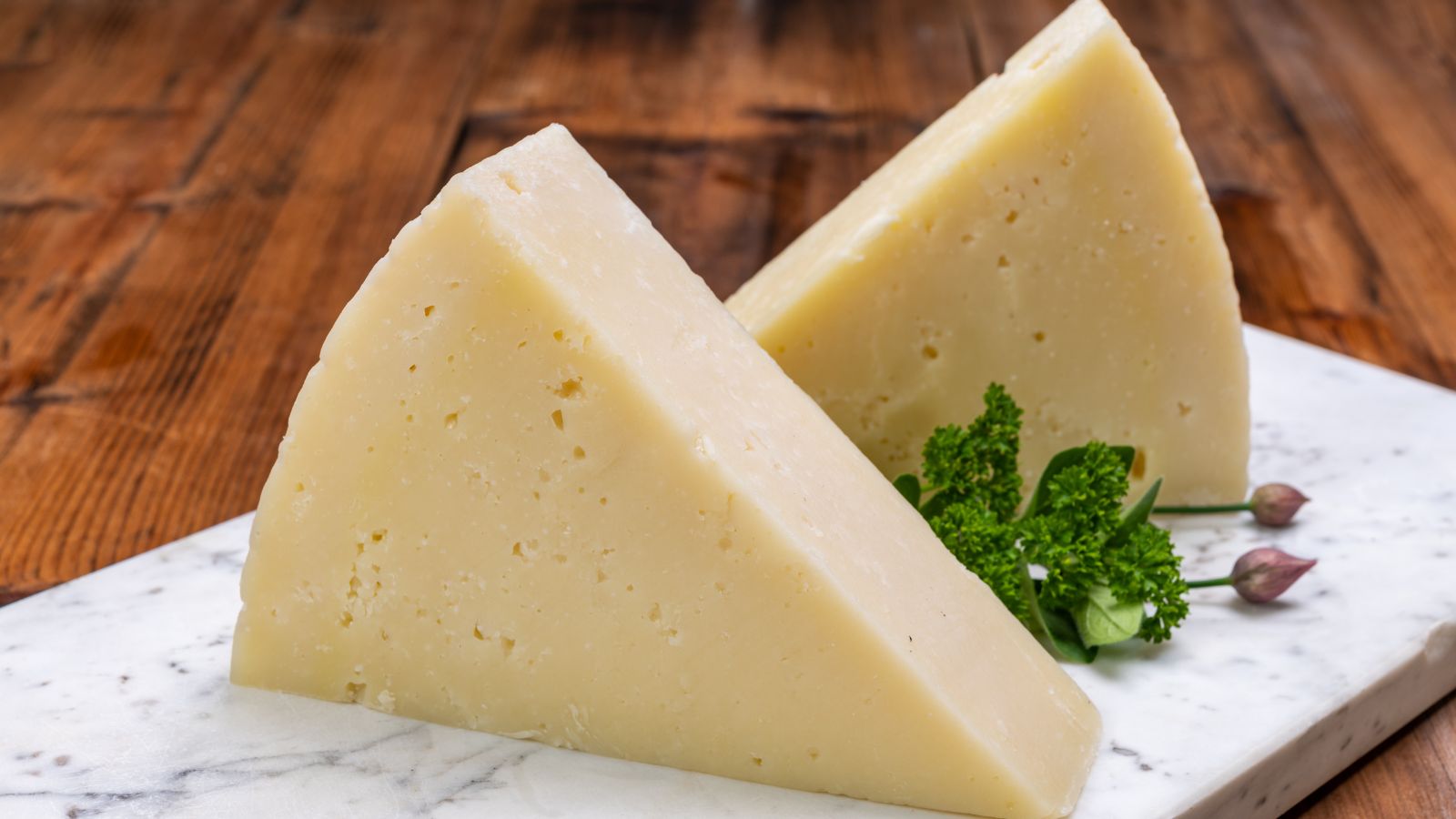
Not all cheese is especially high in sodium, but you definitely need to watch out for processed cheeses. Even small amounts of some types of cheese can contribute significantly to your daily sodium intake. If you want to opt for lower-sodium cheese options, Swiss, mozzarella, and ricotta are great choices. According to ScienceDirect, high-sodium cheeses include blue, Romano, feta, Roquefort, and Parmesan.
Canned Soups

Canned soups are often full of vegetables and marketed as being healthy. However, you may be surprised to hear that they commonly contain a high amount of sodium for taste and preservative purposes. Sometimes, a single serving will contain over half of your recommended sodium intake.
Bread and Rolls
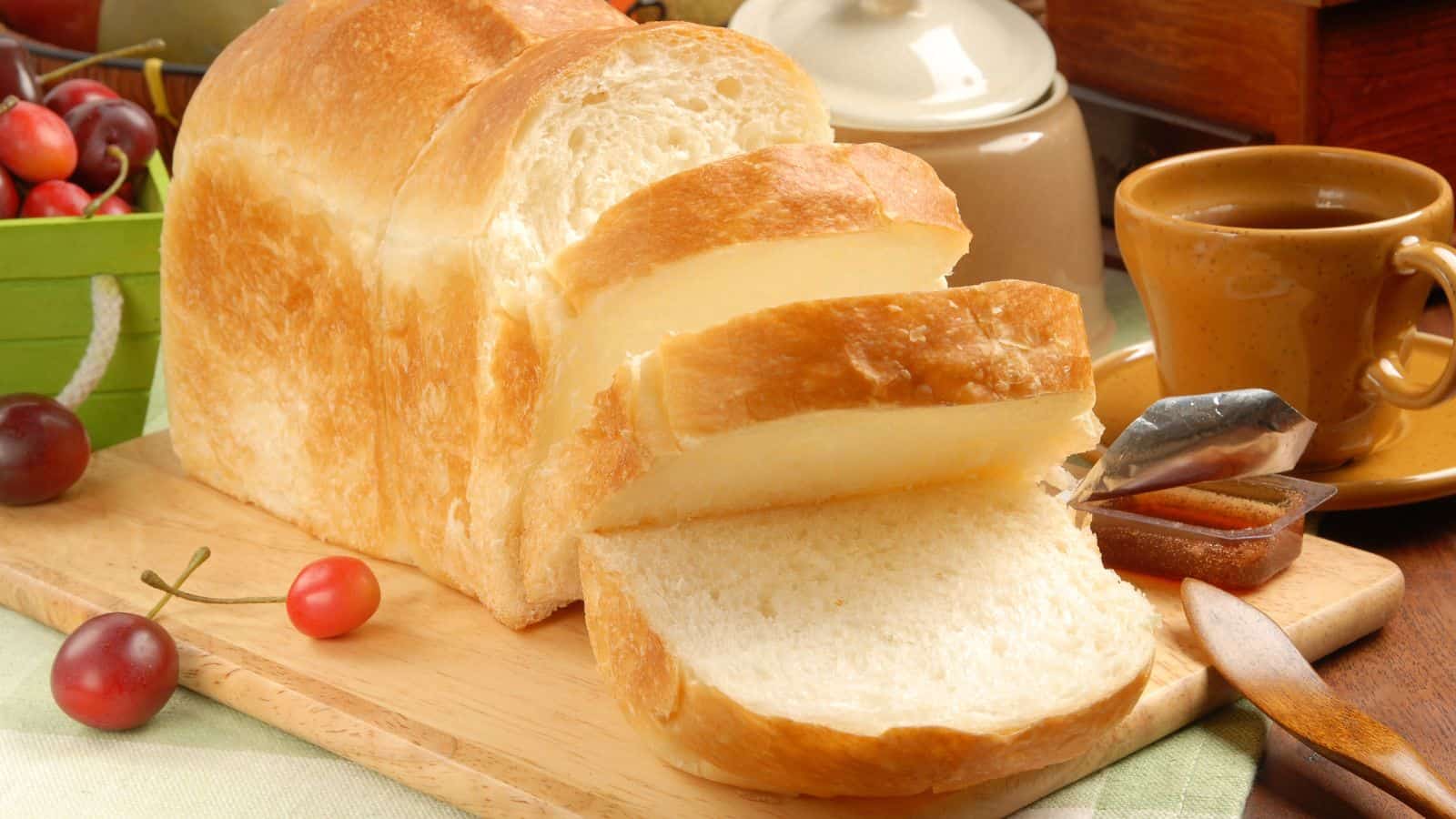
Bread and rolls are not typically associated with being very salty or high in sodium. But the truth is that sodium content varies widely among different types and brands of bread, with some significantly contributing to your daily sodium intake.
Cold Cuts and Cured Meats
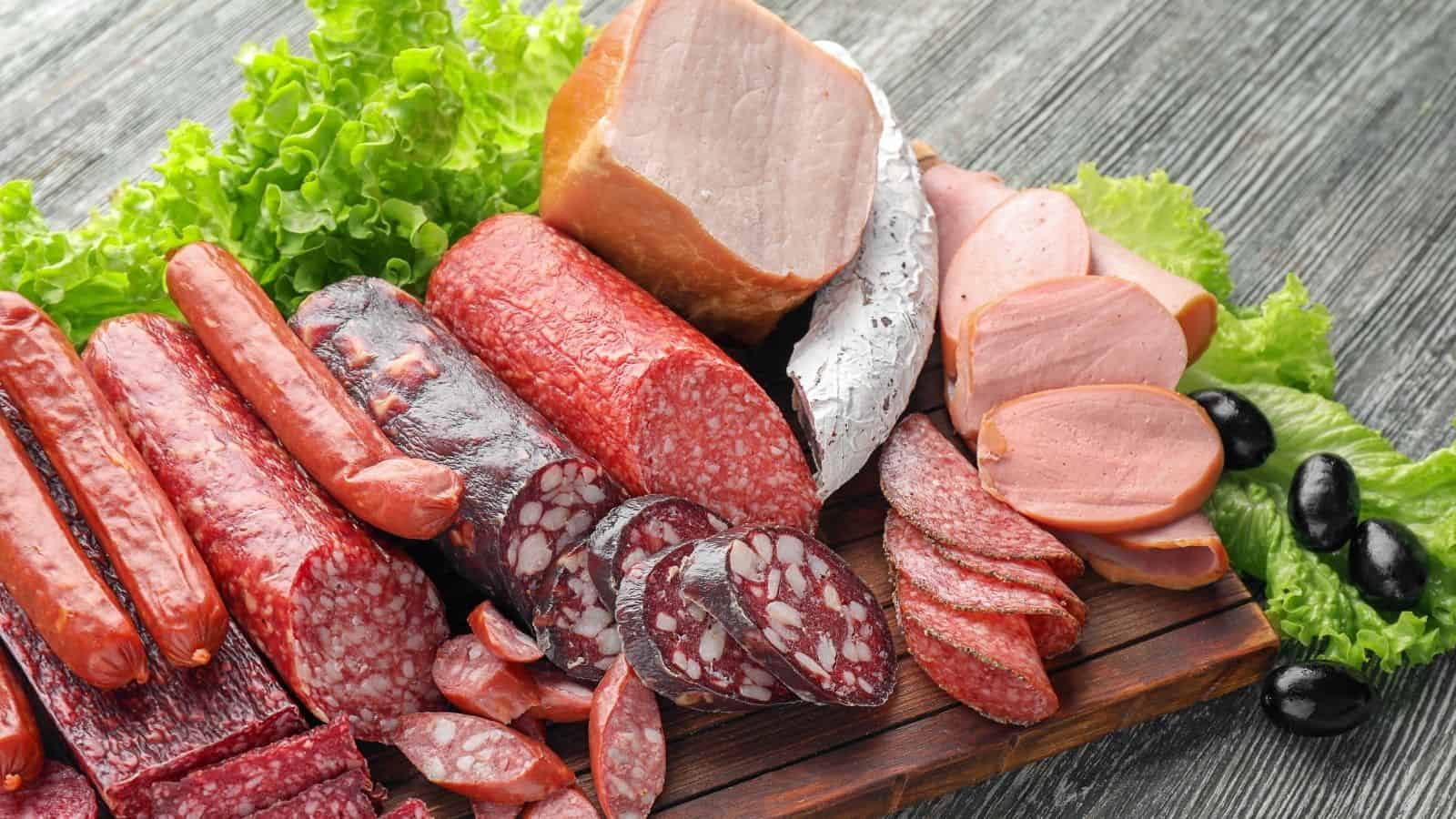
Cured meats and cold cuts are popular in many parts of the world for their taste and convenience. However, the curing, seasoning, and preservation processes they go through typically leave them with a very high sodium content. For this reason, you should consume deli meats such as ham, salami, and turkey in moderation.
Pizza

We Americans love our pizza. But unfortunately, pizzas often combine many different high-sodium ingredients to achieve that indulgent experience we all know and love. Cheese, tomato sauce, and processed meats all make significant contributors to your sodium intake.
Canned Vegetables

Obviously, when we think of vegetables, we think of healthiness and high nutritional content. However, canned vegetables are often preserved with a high amount of salt to extend their shelf life. Rinsing the vegetables before adding them to your meal can help lower their sodium content.
Condiments and Sauces

Like salad dressings, other condiments and sauces such as soy sauce, ketchup, and mustard are known for having a significant sodium content. For this reason, it’s best to check the label if you’re concerned about your intake or opt for lower-sodium alternatives such as herbs, spices, or low-sodium condiments.
Processed Baked Goods

While most baked goods may not taste overly salty, you may be surprised at how high their sodium content can be. Doughnuts, muffins, and packaged pastries often have a high sodium content for their texture, taste, and preservative properties.
Instant Noodles and Ramen
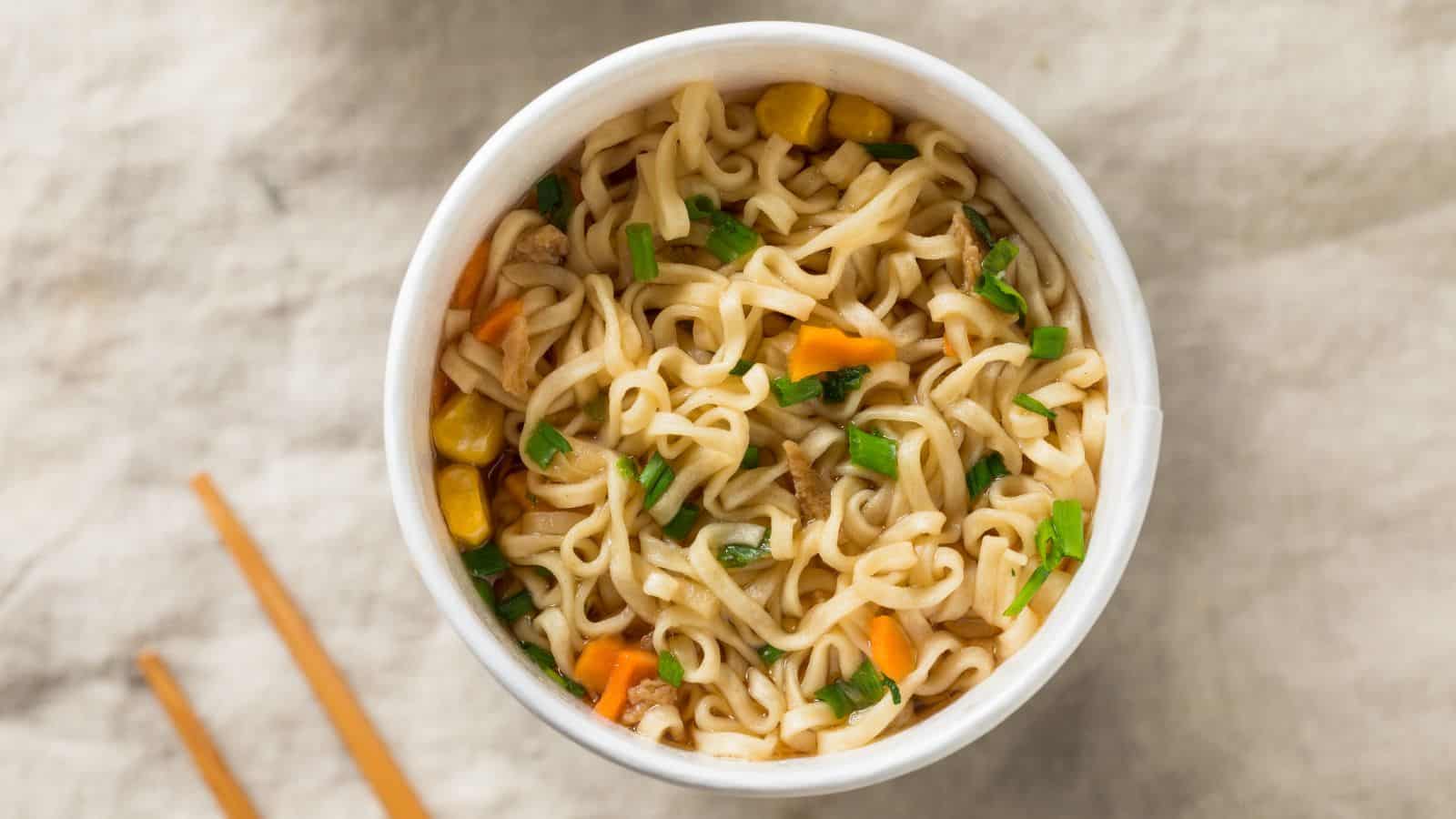
Instant noodles and ramen make quick, affordable, and tasty meal options, so it’s no surprise that they’re especially popular among students and young people. However, consuming them too regularly can lead to a high sodium intake. According to The Ecologist, a typical Pot Noodle contains 33% of your recommended daily sodium intake.
Frozen Meals
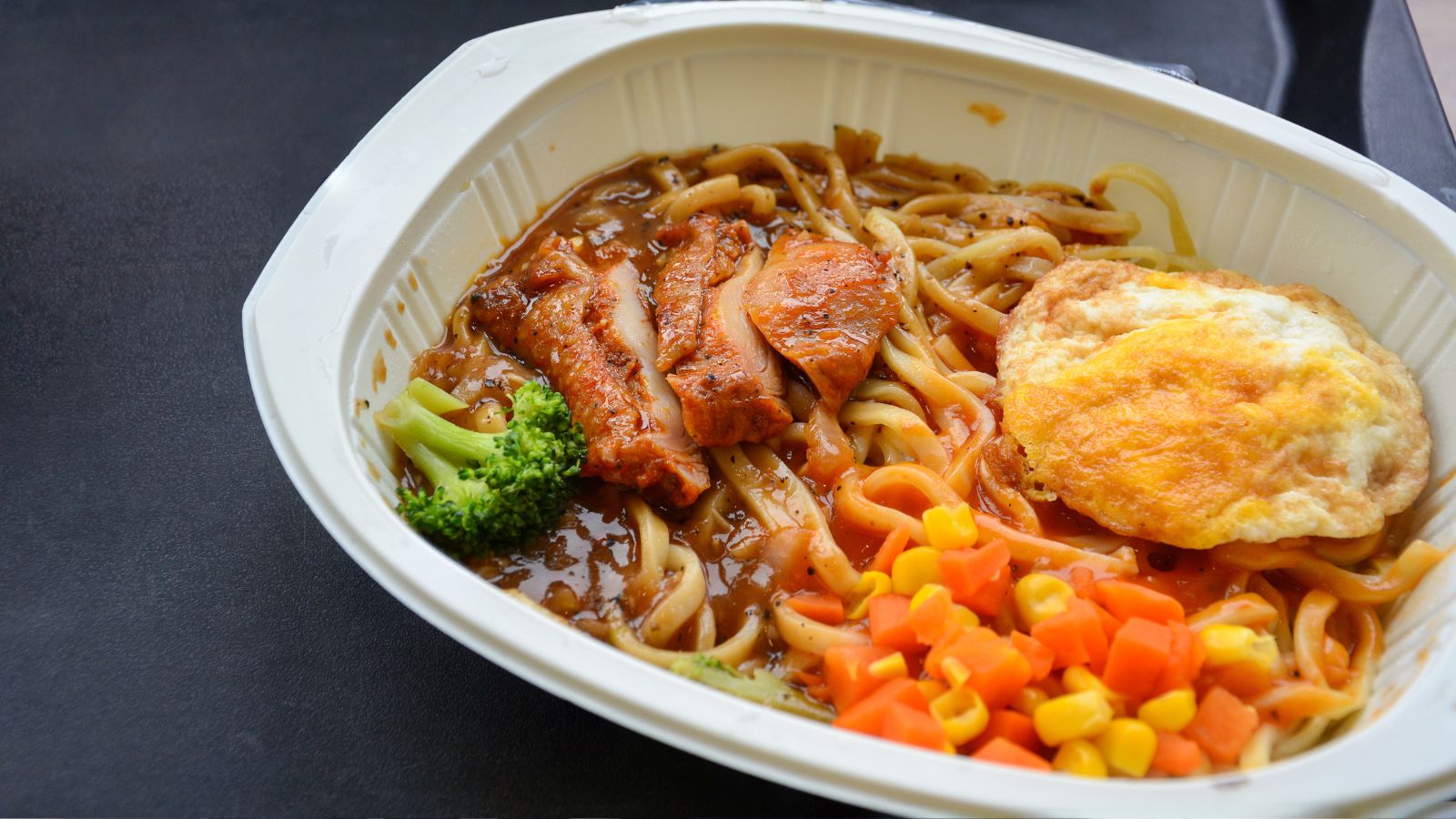
Frozen meals can be both delicious, healthy, and convenient. However, they are often full of sodium to aid with flavor and preservation. This can vary significantly by brand and food type, so it’s important to check the label before buying.
Vegetable Juices

It goes without saying that vegetable juices often make a healthy drink choice that contributes to your daily vitamin and nutrient intake. However, some brands add a significant amount of salt for flavor purposes. If you’re concerned about your sodium intake, look for low or no-salt versions or consider making your own veggie juice.
Snack Foods

While snack foods may be delicious and convenient, many of them are also known for their saltiness. Chips, pretzels, and crackers are some of the biggest culprits, especially as some large bags make it easy to consume more than your fair share.
Canned or Pickled Foods
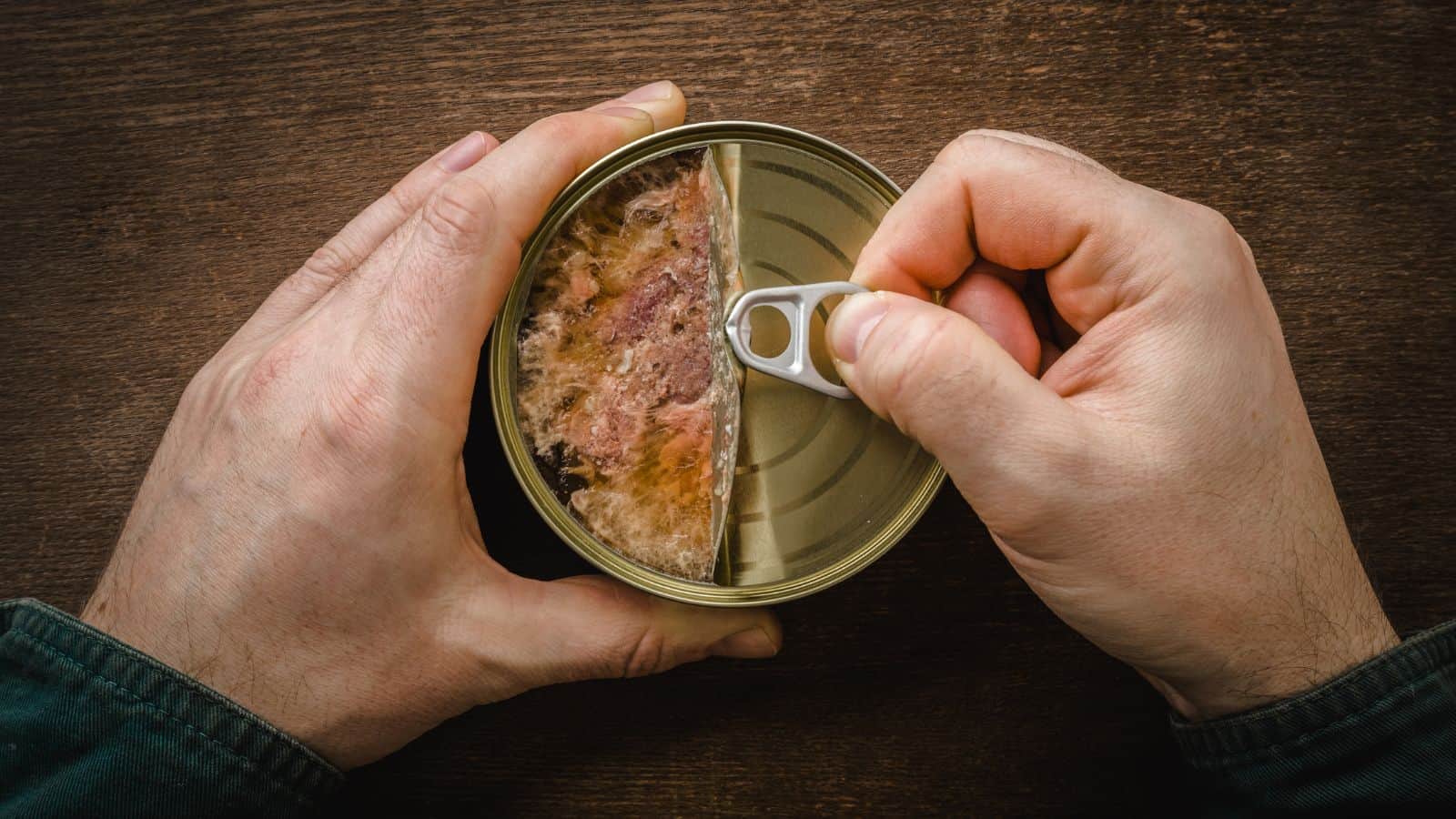
Canned and pickled foods in general can be very high in sodium, as salt is often added as a key part of the preservative process. If you want to keep consuming these foods but are worried about your sodium intake, you can rinse them to wash off some of the excess salt.
Seasoning Mixes
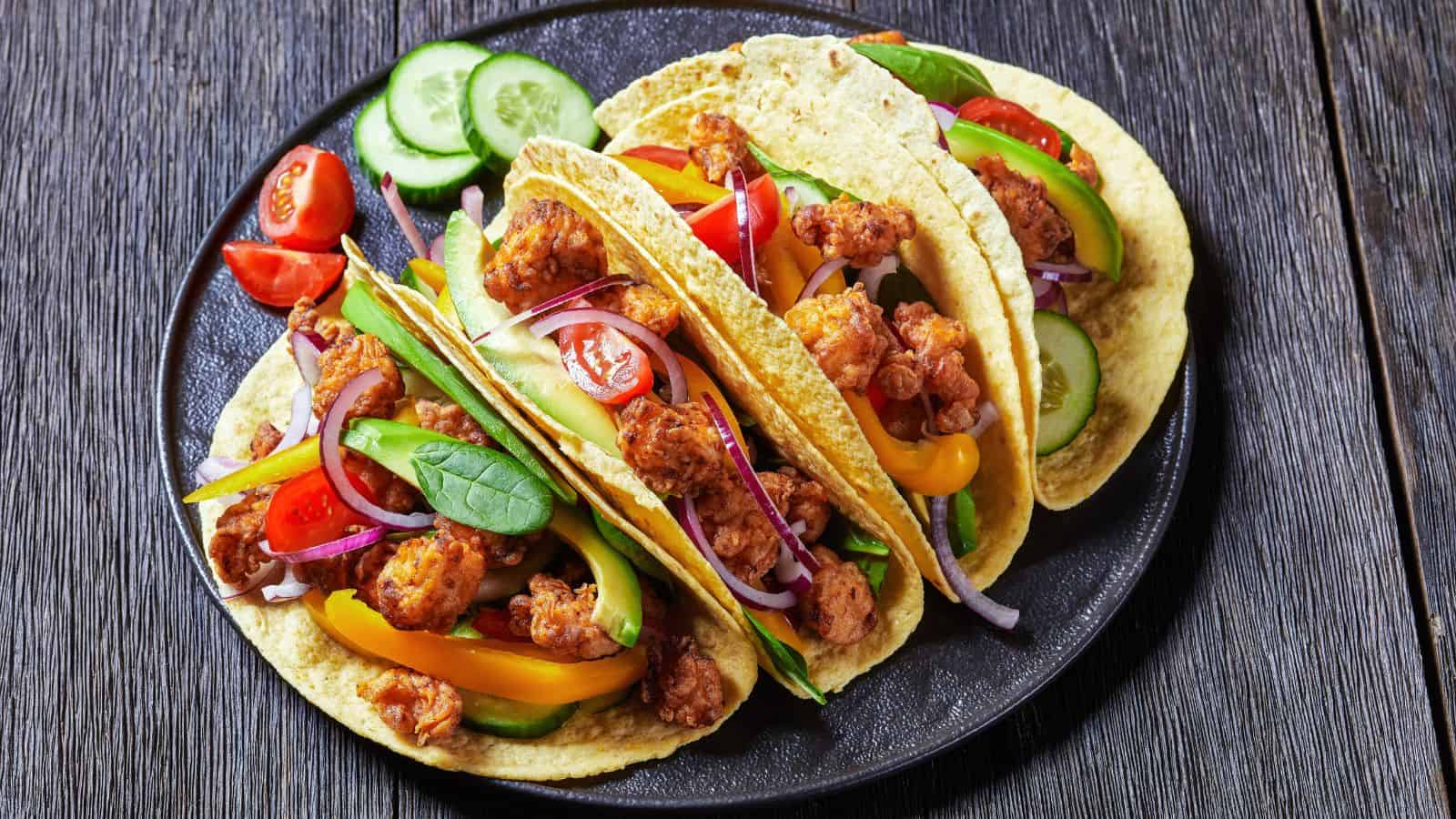
Packet seasonings for foods such as chili, tacos, and other dishes are great for adding a kick of flavor, but they also often come with a high dose of sodium. Make sure to check the packaging for sodium content before making your purchase if this is a concern for you.
Deli and Prepared Salads

Salads are usually a very healthy option, packed with vitamins and minerals. However, some pre-made salads from supermarkets and the deli can have a surprisingly high sodium content. If you want to lower your sodium intake, it’s better to opt for fresh alternatives or make your own.
Sports Drinks
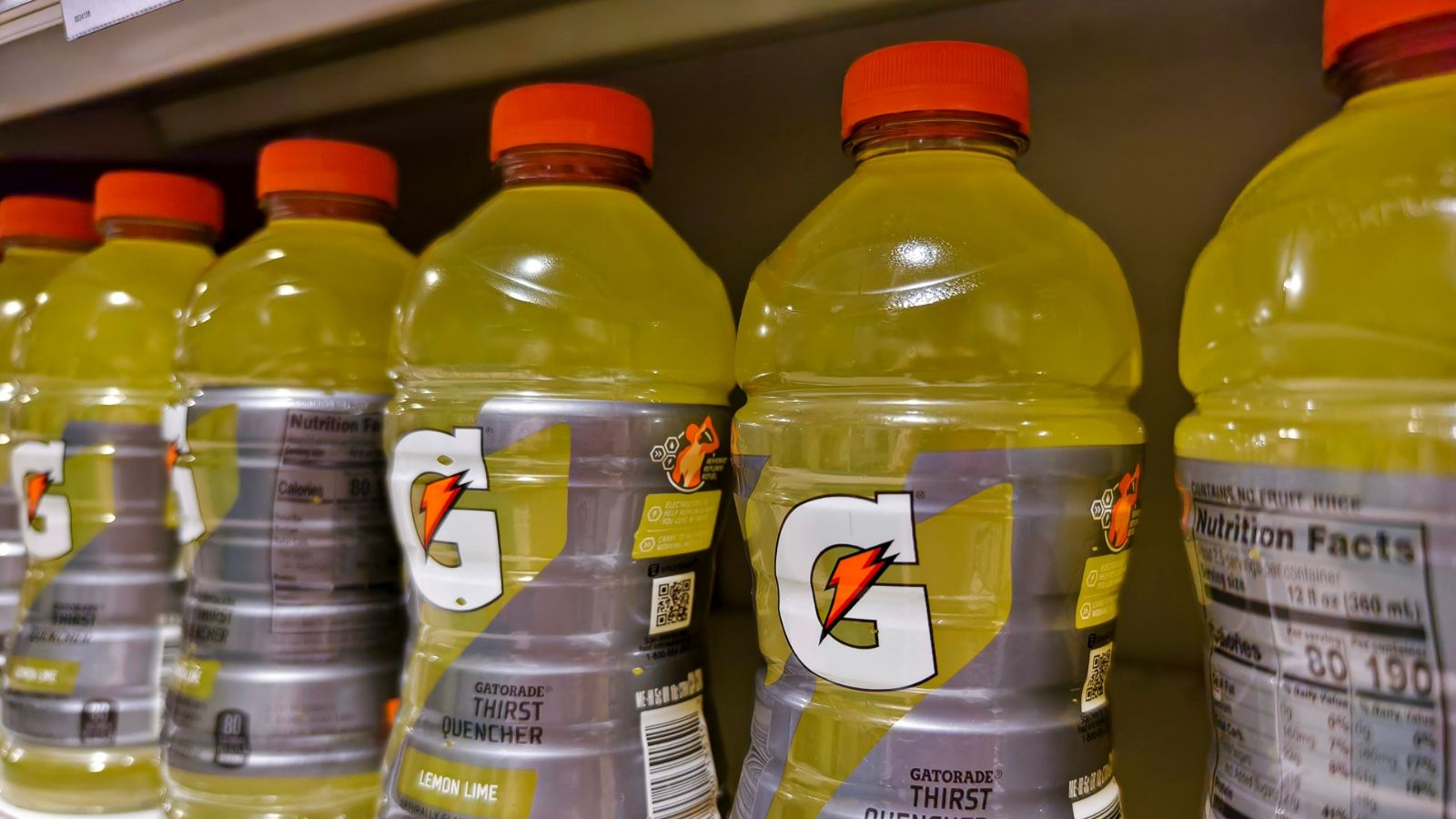
Sports drinks are often sold as being a good way to replenish your electrolytes, but they can also contain a large amount of sodium. If you’re drinking sports drinks for the health and fitness benefits, be sure to check the label first. Plain old water or coconut water can be healthier hydration options.
Packaged Sushi
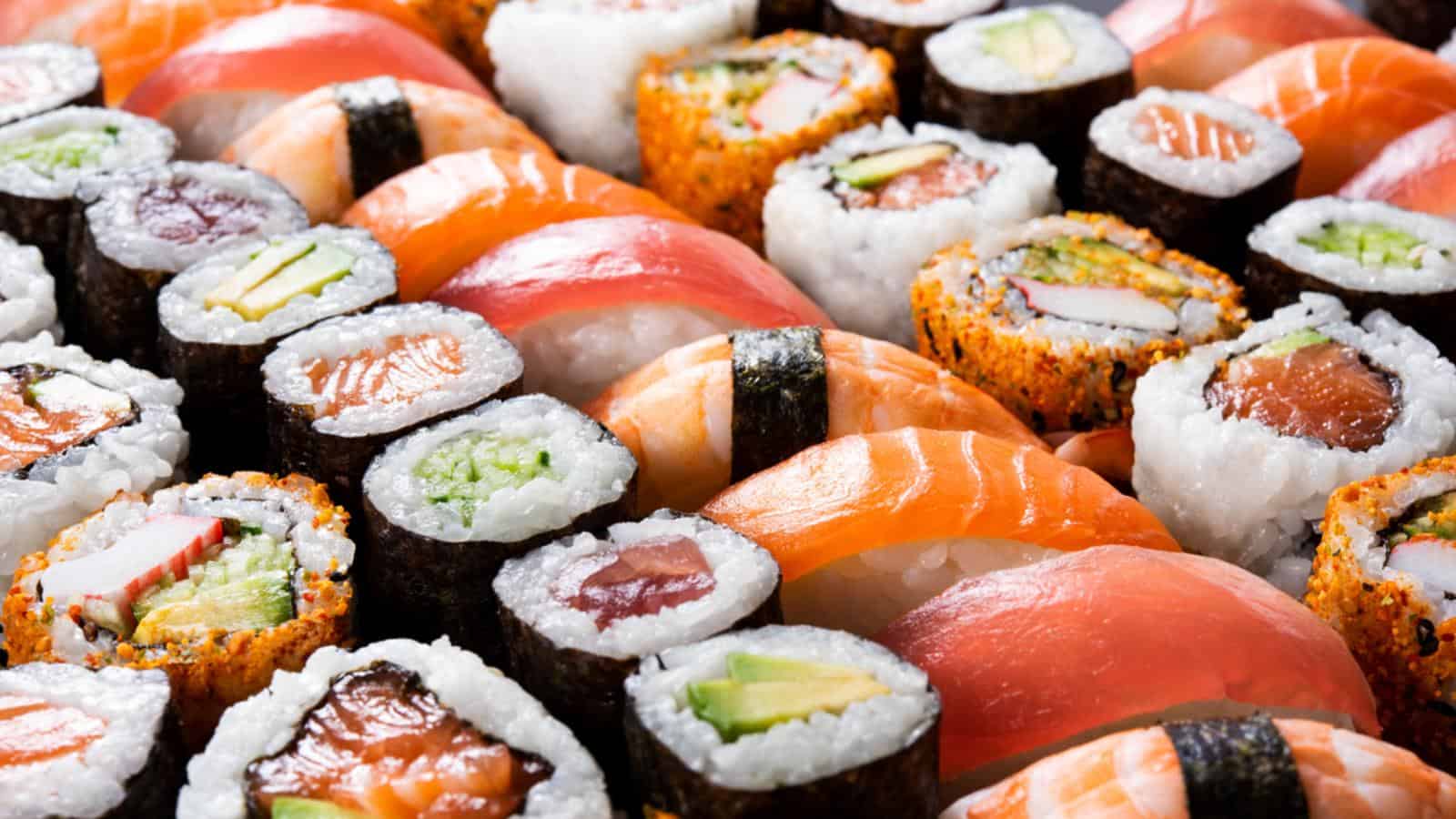
Both fish and rice may be low in sodium on their own, but packaged sushi often contains very high-sodium ingredients such as soy sauce, wasabi, and pickled ginger. As noted by Healthline, miso soup can also be surprisingly high in sodium. Making your own sushi or checking the label can help you reduce the risk of this.

